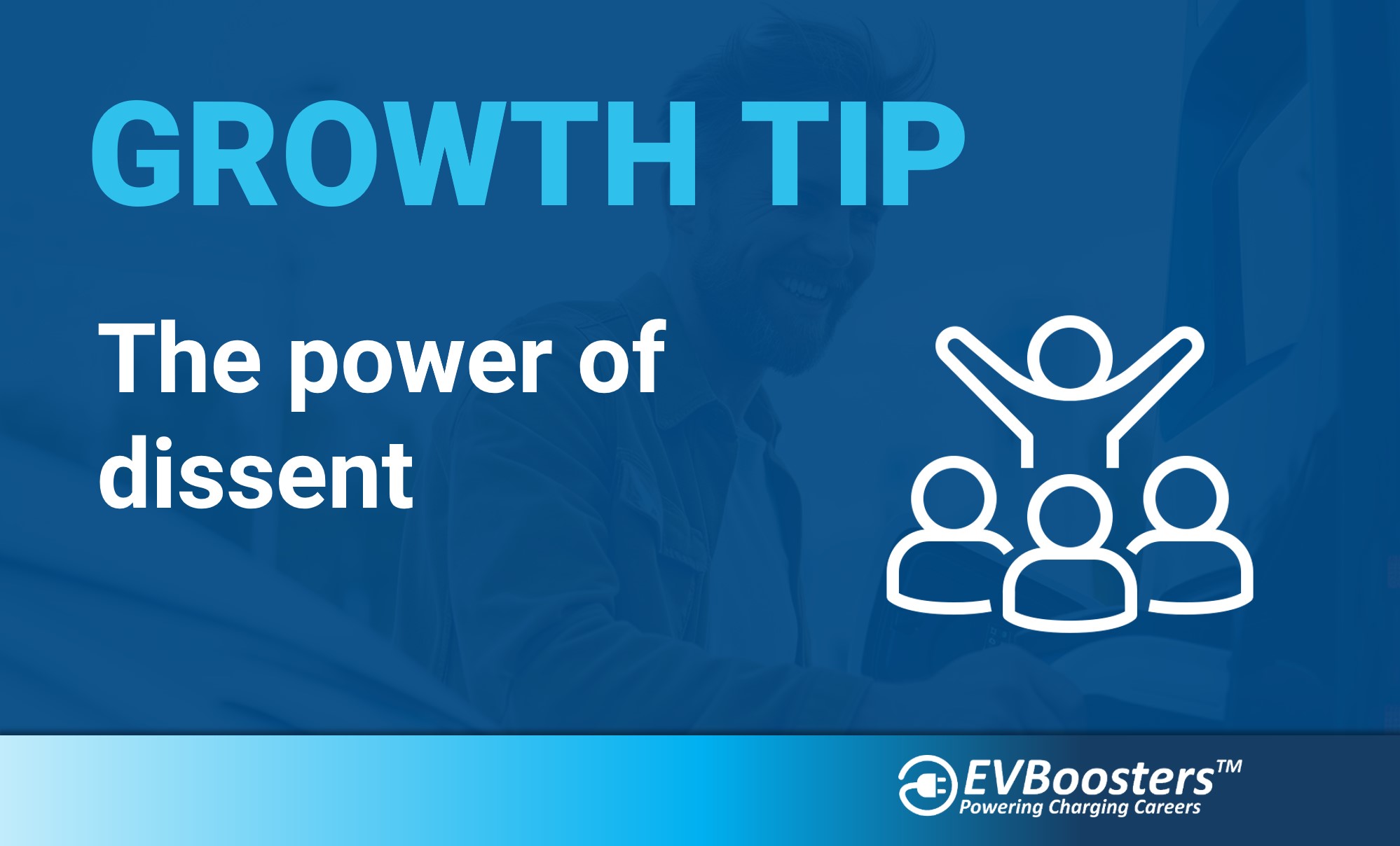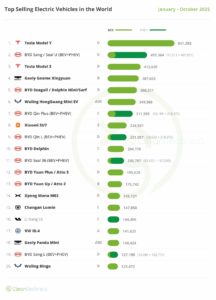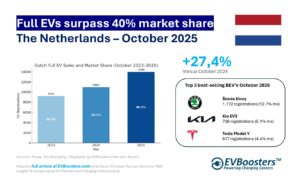Why even the best leaders need a counterbalance
The downfall of great ideas often begins with unchecked leadership. Confidence turns into overconfidence. Focus becomes tunnel vision. When opposing voices are absent, the chances of strategic missteps increase exponentially.
Every leader—no matter how visionary—needs a well-balanced leadership team. A team that doesn’t just execute, but actively challenges. That brings in different perspectives. That makes you think twice before you act once.
Surrounding yourself with enough healthy dissent is not a threat to your vision. It’s a safeguard.
How to build a balanced Executive Team
Creating a strong leadership team isn’t just about hiring smart people. It’s about building the right mix—in experience, mindset, and communication styles. Here’s how:
1. Design for diversity of thought
True diversity goes beyond gender or background. It includes how people think, how they frame problems, and what blind spots they help expose. Combine strategic thinkers with operational doers. Pair innovators with risk managers. The tension creates better decisions.
2. Hire people who dare to challenge you
You don’t need more yes-people. You need professionals who can respectfully say “no,” challenge assumptions, and point out what you may not want to see. Look for candidates who demonstrate courage, clarity, and integrity in high-pressure settings.
3. Protect governance structures
In founder-led or fast-growing companies, lines often blur. But clear roles and governance are essential. The chair should not be the CEO. Independent board members must stay truly independent. Governance should support—not undermine—critical thinking.
4. Make reflection part of the culture
Don’t just allow dissent—build it in. Create fixed moments where people are expected to ask hard questions. This could be during strategic offsites, quarterly retrospectives, or via external advisory boards. When reflection is formalised, it becomes culture.
From structure to practice: making dissent matter
It’s one thing to build a team with different perspectives. It’s another to actually listen to them. Here’s how to turn diversity into better decisions:
Model curiosity as a leader: Show that you’re open to being challenged. Invite different views—and respond with openness, not defensiveness.
Celebrate constructive challenge: Recognise and reward those who raise concerns or play devil’s advocate. This sets the tone for others to follow.
Watch for echo chambers: Be cautious of advisors or executives who always agree. Invite fresh perspectives from other industries, geographies, or generations.
Measure what matters: Track how often dissent leads to better decisions. Gather feedback from your team on how free they feel to speak their minds.
The cost of imbalance
When leadership becomes a one-person show, even the strongest companies falter. Innovation slows down. Top talent leaves. Reputation suffers.
Tesla is a textbook example. Its decline is not just about increased competition, but about the consequences of decisions made in isolation—without enough internal friction or challenge.
As the EV industry enters its next growth phase, no company—however successful—can afford to rely on just one voice at the top.
Leadership is about making ‘the room’ smarter
Leadership isn’t about being the smartest person in the room. It’s about making the room smarter.
If you want to future-proof your organisation, start by building a leadership team that sharpens your thinking, challenges your instincts, and helps you see what you can’t.
Because when the next wave comes—and it always does—it won’t be your ego that saves you. It will be the strength and balance of the team around you.
Trusted growth partner for EV Charging Companies since 2018
Since 2018, EVBoosters has been the trusted executive search partner for powering EV Charging Networks in Europe —helping them scale by recruiting the leaders and experts who drive real growth. If you’re a CEO, founder, or investor looking to strengthen your leadership team or critical senior position (sales/operations/product), we’re here to help.
Schedule your introductory call HERE with our founder and managing partner Paul Jan Jacobs and let’s explore how we can support your growth journey too.







